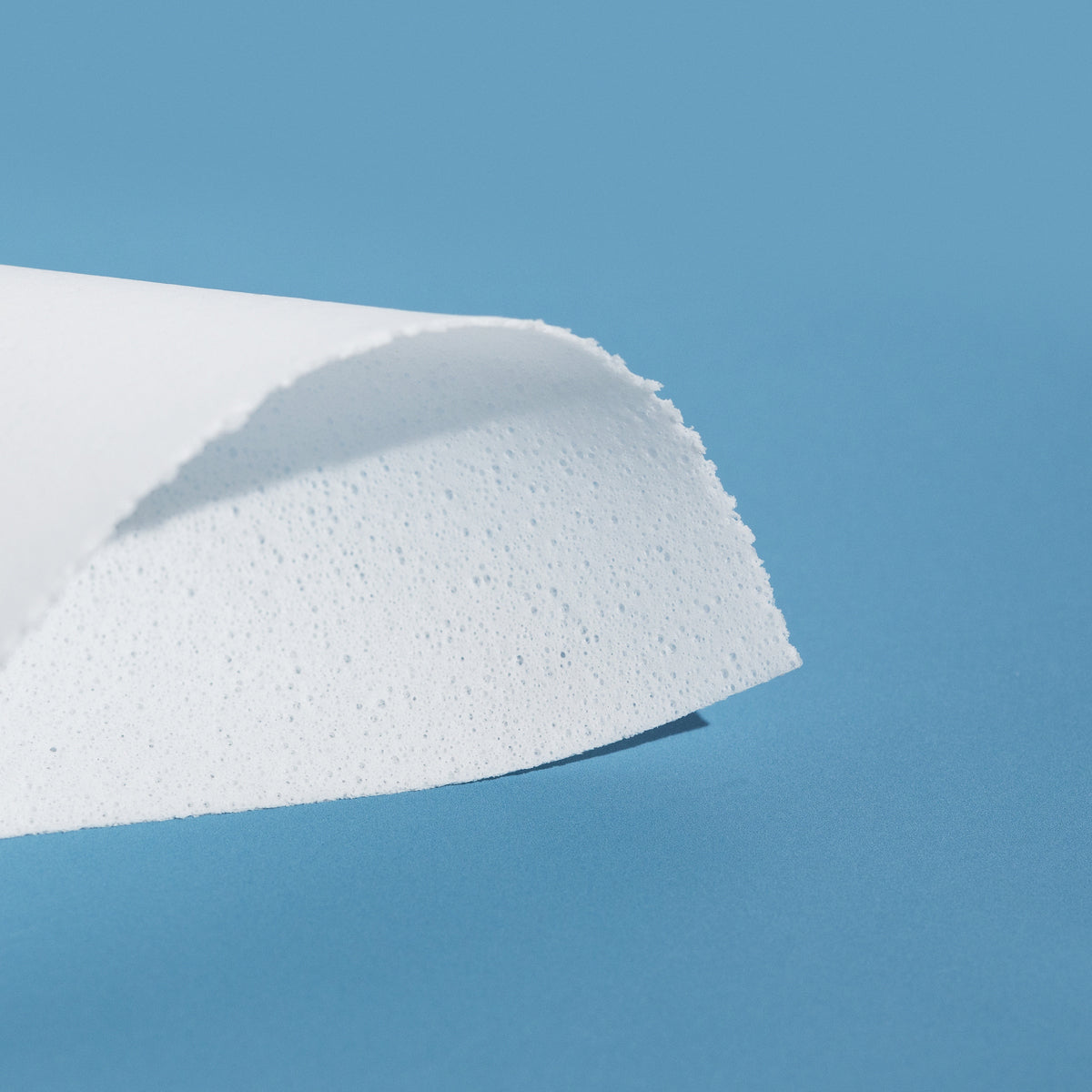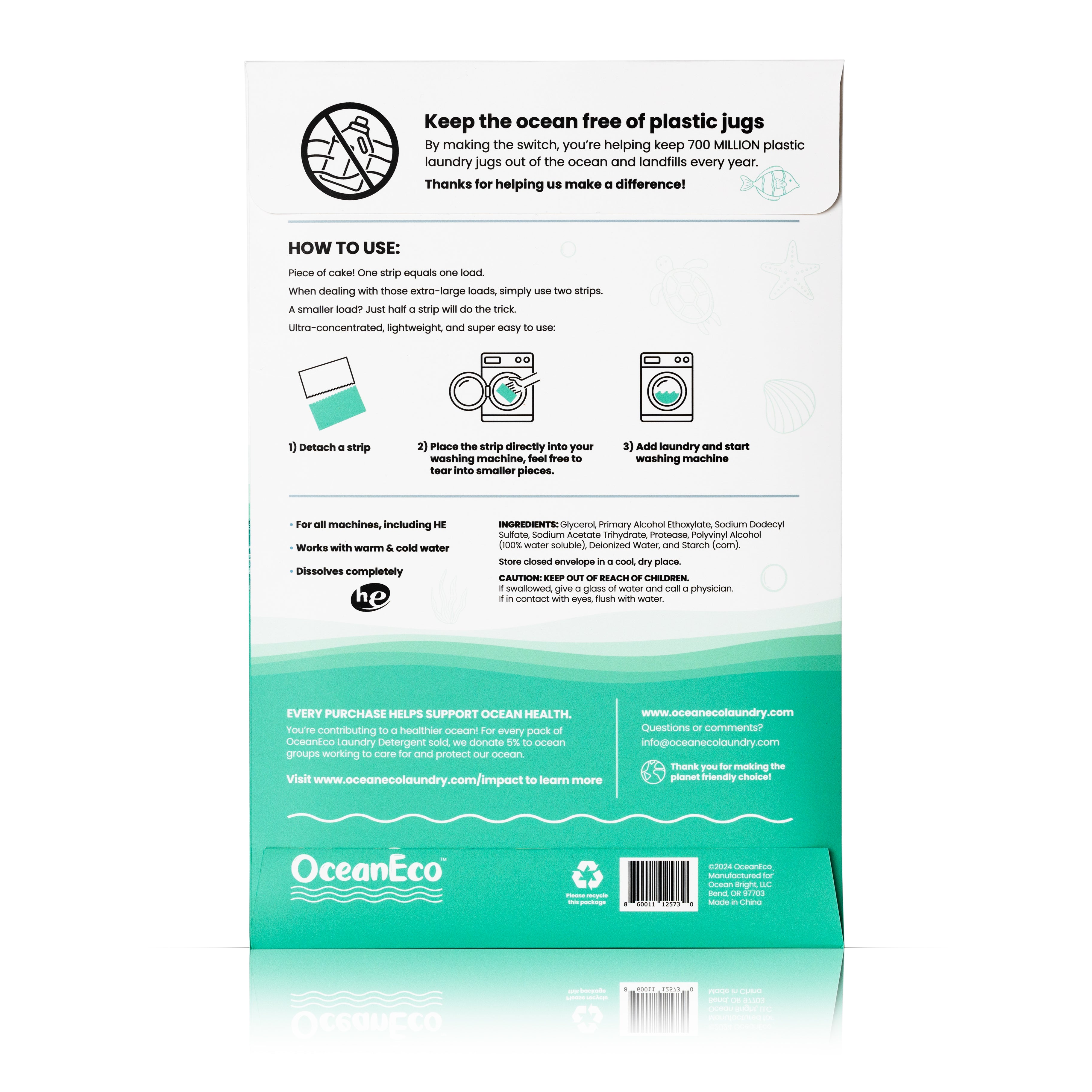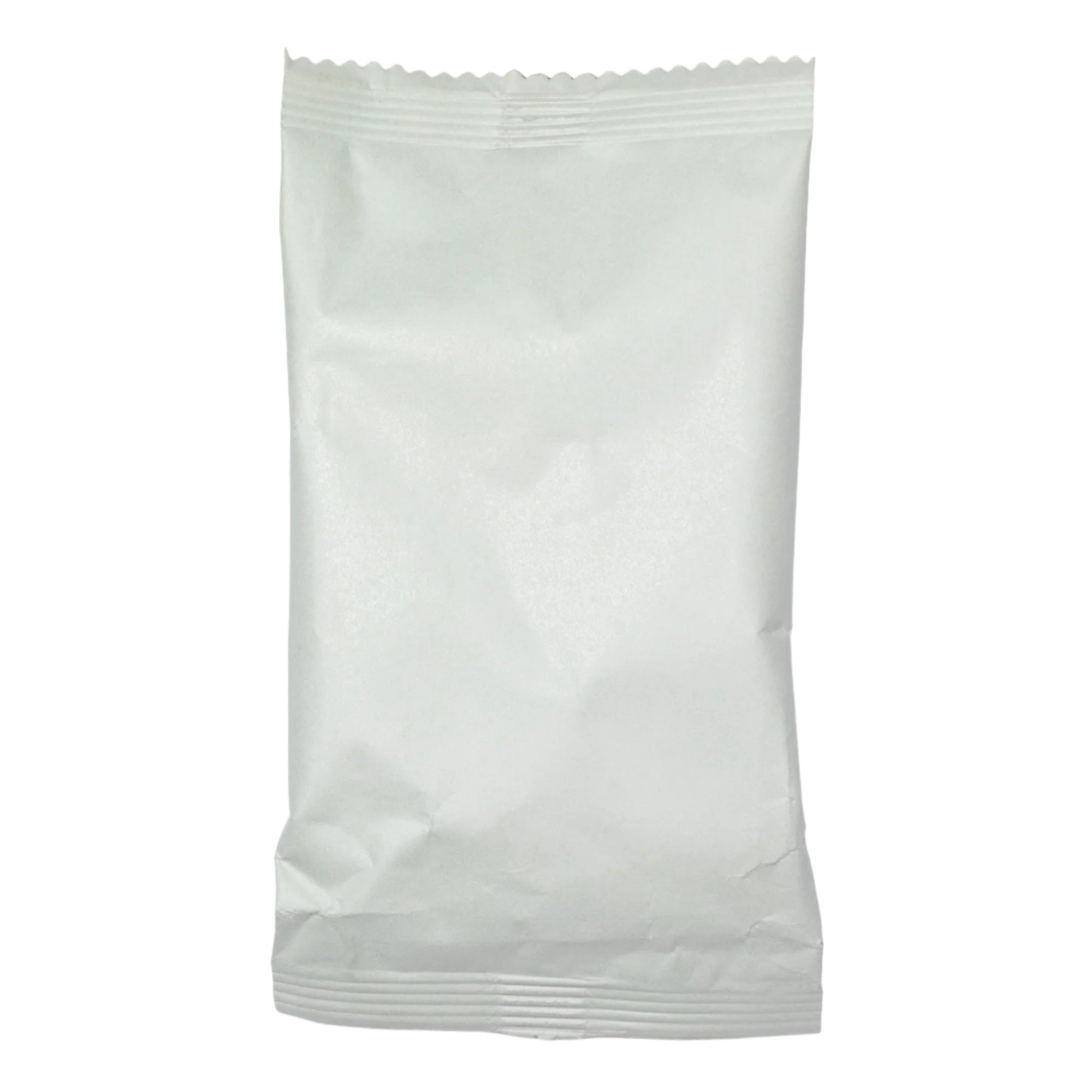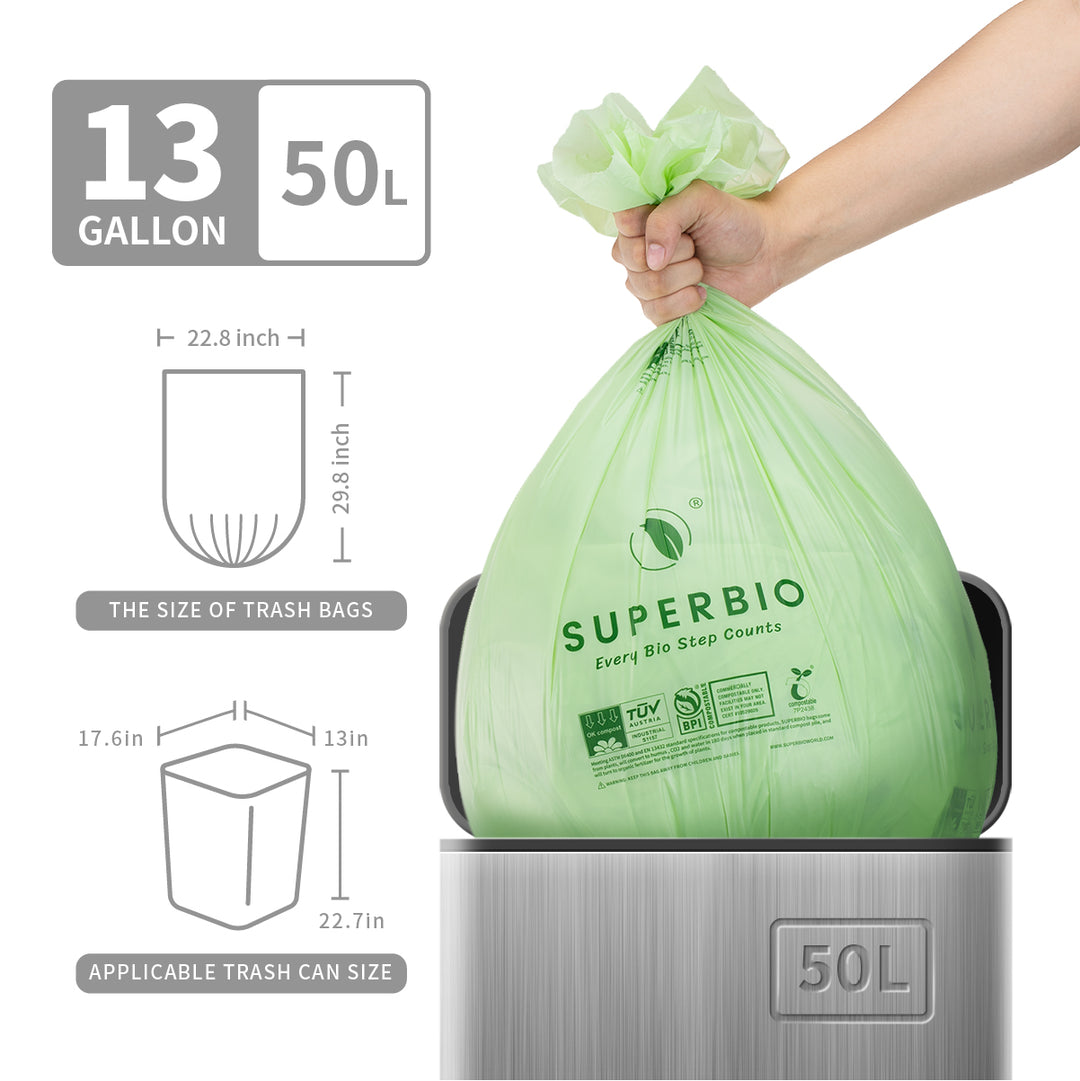Seafloor Reservoir Could Save Millions Or Imperil Fragile Coasts
Half a century ago, drill ships working off the northeastern United States unexpectedly struck fresh water while searching for oil and gas. At the time, it was an anomaly, with little follow-up. Decades later, new surveys have revealed the scale of what lies beneath the seabed.
Recent drilling off Cape Cod confirmed that vast reserves of low-salinity water are hidden below the Atlantic, stretching from New Jersey to Maine, and perhaps farther, ZME Science reports.

Offshore sediments can trap extensive low-salinity water.
Mapping a Submarine Aquifer
Expedition 501, a $25 million international effort, deployed the liftboat Robert to drill nearly 400 meters below the seafloor. The mission retrieved over 50,000 liters of water, confirming suspicions that one of the world’s largest hidden aquifers sits offshore, Earth.com explains. Electromagnetic mapping had already shown hints of these deposits in 2015, but the new cores revealed fresh and nearly fresh water in places no models predicted.

The aquifer likely spans multiple coastal states.
How Did It Get There?
Scientists are now working to determine the water’s origin. One theory suggests that during the last ice ages, glaciers melted and fresh water seeped into the exposed continental shelf. Rising seas later trapped it under sediments. Another possibility is that the aquifer still connects to land-based groundwater, slowly replenished by rainfall and rivers. The answer matters: if it is fossil water, it is finite. If connected to land aquifers, it may be renewable — but pumping could disturb delicate coastal balances Woods Hole Oceanographic Institution notes.
Early estimates suggest the aquifer could supply a metropolis the size of New York City for centuries. But that promise comes with uncertainty. Extracting offshore water would require drilling through the seabed, laying pipelines, and desalinating brackish portions.
Costs would be high, and ecological risks loom. Submarine fresh water may influence nutrient cycles that feed marine ecosystems, while changing pressure could destabilize sediments and even trigger underwater landslides ScienceAlert reports.

Origins include glacial meltwater and land-based recharge.
A Global Hidden Resource
What makes this discovery striking is not just its size, but its implications. Studies suggest that similar aquifers may exist worldwide, from Hawaii to South Africa, and potentially hold more than one million cubic kilometers of fresh or brackish water. If tapped carefully, they could serve as emergency reserves for water-scarce regions. Yet, as researchers warn, improper use could drain coastal aquifers or invite seawater intrusion Scientific American explains.
The Ocean’s Hidden Wells
For now, scientists are sending samples to labs across the globe to determine salinity, chemical signatures, and age. These results will reveal whether the Atlantic aquifer is a fragile remnant of ancient ice ages or a living system quietly recharged from the land. What is certain is that the ocean floor holds far more than salt and sand. Beneath it, vast and secret reserves of fresh water wait — a hidden resource that could reshape how humanity thinks about survival in a drier future.





























































































































































































































































































































































